Purina® Strategy® Healthy Edge® Horse Feed (50 lbs) Newest Cheap Pice
$32.99
SKU: Purina® Strategy® Healthy Edge® Horse Feed (50 lbs) Newest Cheap Pice-4909
Categories: Health Supplies, Horses
Nutrients
Feeding Directions
Description
| | | Weight of Horse in Pounds | ||||
| Lifestyle | 600 | 800 | 1,000 | 1,200 | 1,400 |
| Minimum Hay or Equivalent Pasture* (lbs/day) | 7.00 | 9.50 | 12.00 | 14.50 | 17.00 |
| | | Strategy® Healthy Edge® Horse Feed (lbs/day)** | ||||
| Maintenance – Minimum Activity | 2.00 | 2.50 | 3.25 | 3.75 | 4.50 |
| Maintenance – Average Activity | 2.75 | 3.50 | 4.25 | 5.00 | 5.75 |
| Maintenance – Elevated Activity | 3.25 | 4.25 | 5.25 | 6.25 | 7.25 |
| Light Work | 4.00 | 5.25 | 6.50 | 7.75 | 9.00 |
| Moderate Work | 5.50 | 7.25 | 9.00 | 10.75 | 12.50 |
| Early Gestation (first 250 days) | 2.75 | 3.75 | 4.50 | 5.50 | 6.25 |
| Late Gestation last 90 days) | 4.25 | 5.50 | 6.75 | 8.00 | 9.25 |
| Breed Stallion | 4.75 | 6.25 | 7.75 | 9.50 | 10.75 |
*This is the recommended minimum amount of hay to be fed. If feeding more hay, reduce the feeding rate of Strategy® Healthy Edge®horse feed by 1 pound for every additional 2 pounds of hay fed.
**Do not feed less than 0.3 pounds per 100 pounds of body weight per day. If your horse gains too much weight at that minimum feeding rate, then you should replace Strategy® Healthy Edge® horse feed with Enrich Plus® ration balancing feed.
Best Results
- Feeding rates will vary with size, age, temperament, health status, forage quality, climate and activity level. Feed at regular times – at least twice daily – with three daily feedings preferred. Let horses feed in a natural position from troughs with large bottoms, placed at normal head height or lower. Do not feed free-choice. Prevent the rapid eating by the horse of any feedstuff.
- Reduce and/or delay feeding a horse which is hot, excited or showing pain, has fever or diarrhea. Consult your veterinarian if any problems arise.
- Always feed a minimum of 1.0 to 1.2 lbs per 100 lbs of body weight of good quality, clean hay or the equivalent in pasture.
- Any feed changes should be made gradually over a period of 7 to 10 days. Changes in the rate of feeding should not exceed 1.0 lb per day for each horse.
- Have plenty of clean, fresh water available at all times. Provide your horse with access to salt. Maintain an effective control program for internal parasites. Have the horse’s teeth examined annually and consult your veterinarian on a regular basis.
Changing To
- Make the feed change gradually over a period of 7 to 10 days.
- Mix the new feed with the old, gradually increasing the amount of the new feed while decreasing an equal amount of the old.
- Changes in the rate of feeding should not exceed 1 pound per day for each horse.
Caution
Be the first to review “Purina® Strategy® Healthy Edge® Horse Feed (50 lbs) Newest Cheap Pice” Cancel reply
Related products
$680.08
Grooming & Bathing Supplies
$288.00
$43.26

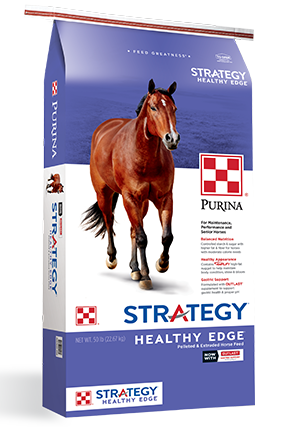
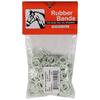
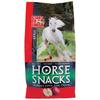

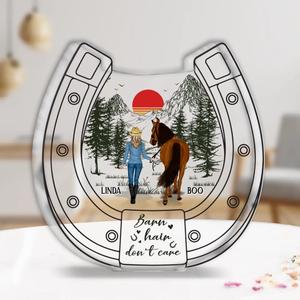
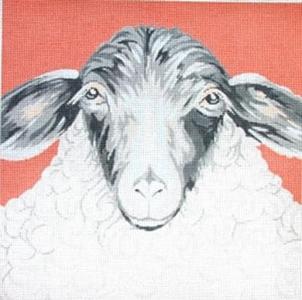
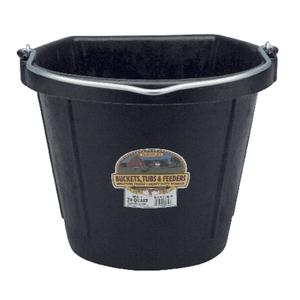
Reviews
There are no reviews yet.